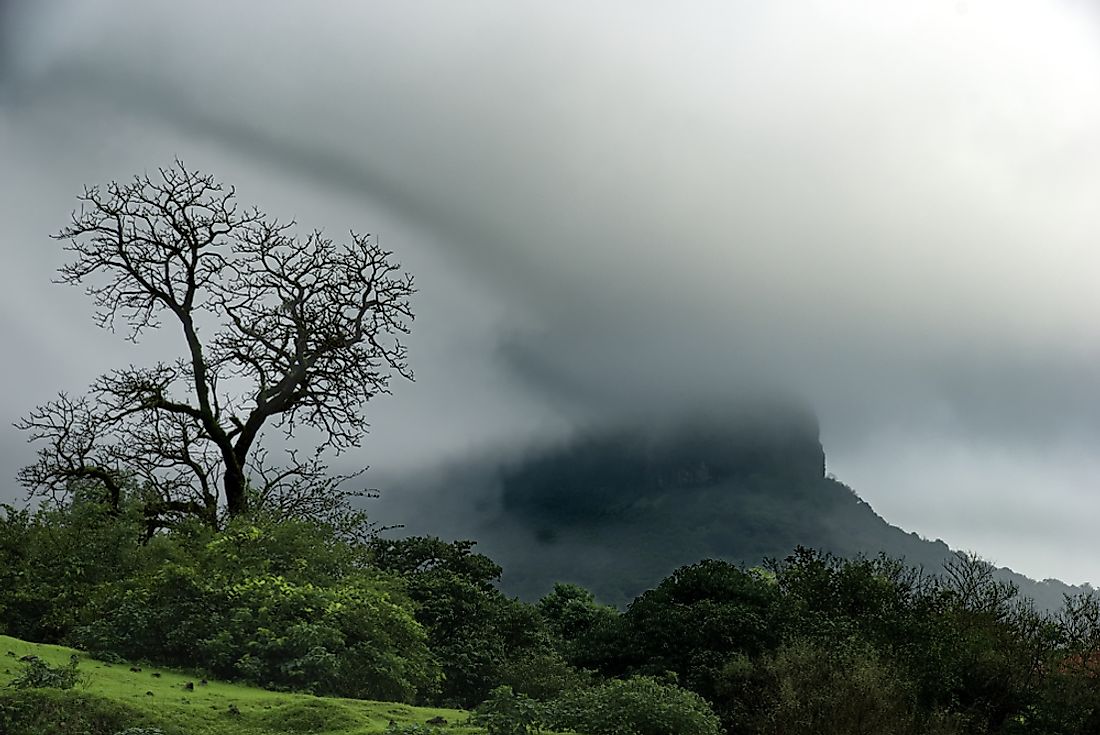What Is a Monsoon?

A monsoon refers to a seasonal shift in the atmospheric circulation as well as precipitation because of uneven heating of the sea and the land. For the most part, the term is used to describe the rainy period of a season. However, there is also a dry period associated with the term. Traditionally, this term was used to describe changing precipitation that was accompanied by a reversal of wind direction. In other places, the term is misused to mean heavy short-term local rains, which fit the description of a monsoon in a dictionary.
Formation of Monsoons
Monsoons form when there is a difference in the temperature of the ocean and the adjacent land mass. The imbalance between the two is normally because of the difference in the way the earth and the water absorb heat from the sun or any other source. Generally, water bodies have more even temperatures while there are greater variations in the temperature of the land.
In the warmer periods, the sun heats both the land and the water. Since the water surface reflects heat while land does not, the land will realize a higher increase in the temperature compared to the water. Consequently, the air on top of the earth creates a low-pressure region that causes the moist air from the sea to blow towards land. Over the land, this moist air rises to higher heights, where it cools down, and finally flows back to the sea while cold. This cycle repeats itself until the moist air forms clouds over land that eventually lead to the increased precipitation during the summer monsoons.
The colder months see a reverse in the cycle. Since the water loses heat faster than the land, the air above the land is warmer than that over the water. Consequently, the air flows from the land into the sea where it causes precipitation over the sea after cooling down.
Wet and Dry Monsoons
A wet monsoon is one that is accompanied by heavy rains while dry ones do not have accompanying rain. The wet monsoon typically happens between April and September while the dry one is usually between October and April. In terms of the strength of the two, the winter monsoon is usually less powerful than its summer equivalent. The summer monsoons are important as they provide much-needed water to some parts of the world. For example, about 75% of the annual rainfall in India and about 50% of the rain in North America comes from the summer monsoons.
Effect of Global Warming on Monsoons
A study done in 2015 showed that global warming can have potentially devastating effects on the monsoons. These devastating effects are because of the changing levels and periods of precipitation. Estimates show that the next 50 to 100 years will see a great increase in the amount of rain during the summer monsoons. This increase in rainfall is because of the greenhouse gases, like carbon dioxide, which increase the air’s capacity of holding water. This increase in moisture translates to flooding in wet areas. On the other hand, the dry monsoon will see increased evaporation from the earth because of the increase in global temperatures, which will increase the dryness of the earth.











